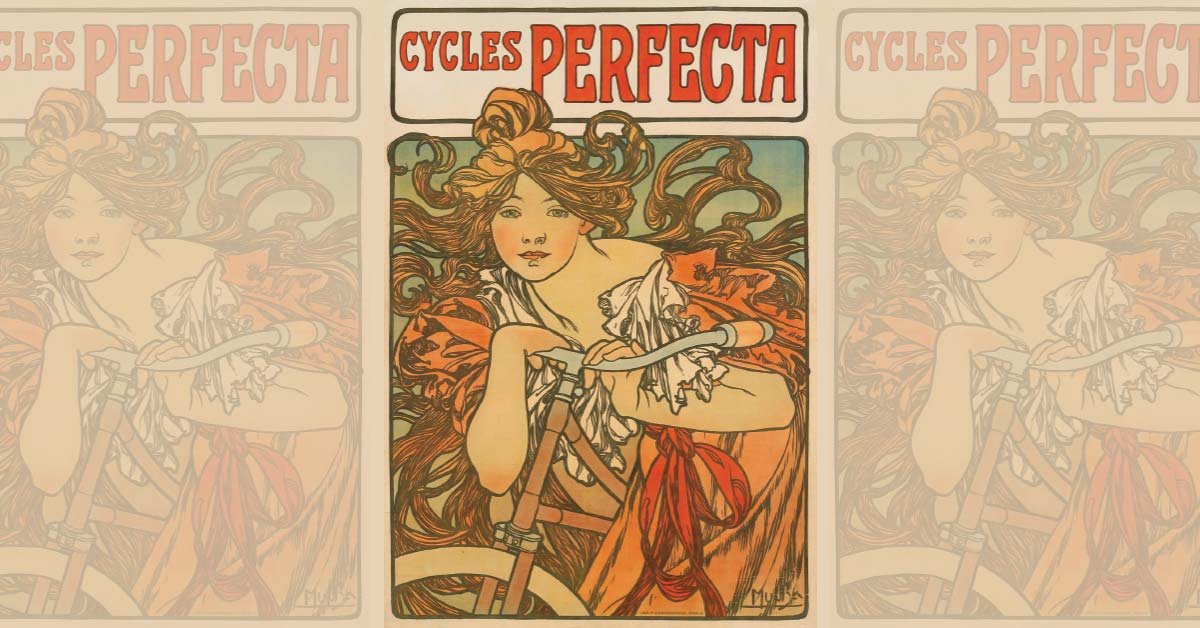The game’s afoot at Grand Rapids Ballet with the hotly anticipated world premiere of Resident Choreographer Penny Saunders’ Sherlock that opened its already sold-out run Friday.
This experimental ballet brings to life the beloved Victorian detective consultant created by Sir Arthur Conan Doyle through snippets and scenes from many of his collected works, and the way in which it was developed—through collaboration with three different ballet companies, Ballet Idaho and Nashville Ballet in addition to Grand Rapids Ballet, is so unique it’s garnered national attention, featured in The Washington Post and Pointe Magazine.
Saunders effectively recreates the atmosphere of fin de siecle London with brilliant technical elements, including moody lighting design by Trad Burns; a solid set including a bridge with stairs to a platform, street lamps and a chandelier, and framed doors that dancers move from place to place, providing effective scene changes; with elegant period costumes from Keri Fitch. Saunders also stitched together an interesting score, using music favored by Holmes, of his time, such as that of Mendelssohn and Tchaikovsky, with a contemporary nod to recent adaptations, borrowing music from the Netflix series Enola Holmes, among others.
Sherlock reflects the kinds of media mashups Saunders has created in the past, such as 2019’s Testimony, with her love of Victorian literary figures and reimagined storytelling, as in her triumphant full-length ballet, The Happy Prince and Other Wilde Tales, from 2018.
But rather than present a clear, singular plot, this iteration pays homage to English literature’s most beloved detective by offering a cinematic montage of scenes and moments inspired by stories such as The Final Problem and A Scandal in Bohemia, among others, with dialogue stitched together from 1940’s radio plays as well as contemporary podcasts lip synched by the dancers who breathe life into familiar characters, including Irene Adler, the only woman to outwit Sherlock, as the narrator, and arch nemesis Moriarty, as well as Mary Watson, Dr. Watson’s love interest, in addition to the dynamic duo we all know and love.
In fact, the pas de deux between Nigel Tau as Sherlock and Nathan Young as Watson are the most compelling part of the work. They’re brilliant in these roles, creating wonderfully bold, charming, often comical characters—and their wonderful friendship—through movement. Tau’s dancing, physical comedy, timing, exaggerated silliness is reminiscent of Roy Bolger.
Other highlights include various murder and death scenes—ballerinas in platter tutus being picked off in succession and a slow-motion wrestling match between Moriarty (Josué Justiz) and Sherlock on the bridge in which they ostensibly plunge to their deaths—as well as a grand corps sequence of a suffragette demonstration that transforms into a clever prison dance in which the women are handcuffed to wooden step stools. Poetic license on Saunders’ part that allows for more women in the mix that also reflects contemporary political sensibilities.
Though incredibly inventive, a fun experiment in creating something new from many disparate pieces and parts that is visually compelling, the voiceovers and lip synching at times distract from the movement, even as they heighten the melodrama and call to mind the long history of Sherlock Holmes and the many adaptations of Doyle’s stories. And without plot, there’s little opportunity for character development, particularly with Irene Adler, who’s merely the narrator rather than a real character. We’re told more than we’re shown.
But what’s most evocative here is what dance alone can communicate: how the characters and stories are expressed through the body, itself rooted in the classical lexicon but infused with lunging, running in place, and other playful, dynamic movements.
To complete the 2025-2026 season opener, Act I reprises two premieres from last year’s season.
Artistic Director James Sofranko’s impassioned Diablo Rojo, set to Rodrigo y Gabriela’s song of the same name, dynamically blends classical ballet with Flamenco and other Latin-inspired movement. Dressed in black and red, two fiery pairs offer a quick succession of exciting pas de deux and solos.
Jennifer Archibald’s mesmerizing While Away captures the rhythms of the sea without oceanic imagery. Set to Edvard Grieg’s Holberg Suite (from Holberg’s Time), op. 40, ten dancers emerge in pairs, alone, and at times in trios, from the wings—the women dressed in jewel-toned bodices with matching sheer overlay to create ball gowns that reveal their legs, and the men dressed in suits with sheer arms.
Very much rooted in classical ballet and performed exquisitely en pointe, the piece is shot through with big, dramatic lifts—the men twirl and carry the women on their shoulders, at times flipped upside down. There is terrific style and undulating attitude to this grand ballroom dance and play with tempo and lines—a quickness and brightness, a joyful responsiveness to the music.
Pushing boundaries while remaining rooted in classical technique, the excellent new season opener suggests Grand Rapids Ballet continues to be committed to excellence and the evolution of dance.
Sherlock
Grand Rapids Ballet
Oct. 24-Nov. 1
https://grballet.com/25-26-season/





